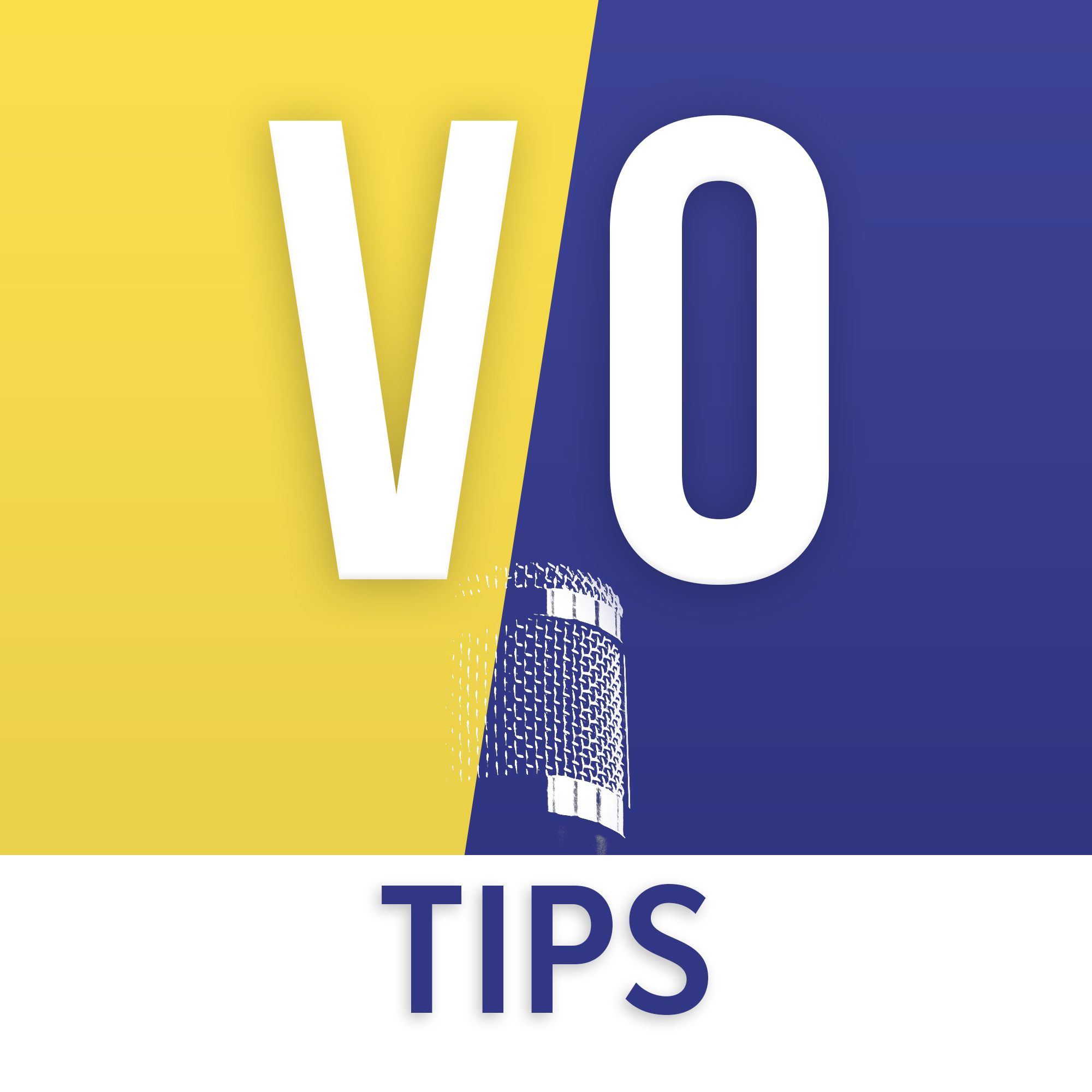So, you’re ready to get started with voiceovers. You read the Voiceover Equipment for Beginners guide and you know what you need.
Now it’s time to get started and gather equipment. In this voiceover beginner’s gear guide, I’ll walk you through my recommendations for some entry-level gear that won’t break your budget.
Contents
Microphones
MXL 990
An excellent budget condenser microphone. Great to get started and will pay for itself within a couple of jobs! Read more and see reviews on Amazon.
A little side note here: there’s a starter bundle on Amazon that comes with a nylon mesh pop filter, and XLR cable, and the MXL 990 mic all in one package at a significant discount versus buying all items separately.
Electro-Voice RE320
The little brother to the classic RE20. This one has a slightly brighter sound than the RE20 and comes in at a lower price point (although more than the MXL 990). This is a dynamic mic with an almost-condenser sound. Read more about the RE320 on Amazon.
XLR Cables
For beginners, there’s really only one you need. A cheap Amazon Basics XLR will do the trick just fine as long as you keep it away from electrical sources to avoid interference. Several different lengths are available. Read more and see reviews on Amazon.
Audio Interfaces
Steinberg UR12
This is a good budget-level USB interface for beginners. It has one XLR input, one 1/4 inch (instrument cable) input, and can supply 48 volts phantom power to condenser mics. Not really anything bad to say about this one unless you need some more complex features since this is just a basic model. It will capture your mic inputs and that’s about it. Take a look and read some reviews on Amazon.
Focusrite Scarlett Solo (3rd Gen)
This one might be the best bang for your buck. It’s a little pricier than the other two, but the reviews speak for themselves. It has extremely quiet and clean preamps and does everything the other two interfaces do. It has the same XLR and 1/4 inch inputs with phantom power supply. I highly recommend this popular model as do many other professionals in the home recording field. See more about this unit on Amazon.
Behringer UMC202HD
Believe it or not, this interface is actually quieter than the Focusrite. Although Behringer has had a somewhat poor reputation in the past for being low quality, this device definitely bucks the trend. I would personally buy one of these over a Focusrite, although neither are a bad option. See what others have to say by looking at reviews for the UMC202HD on Amazon.
Headphones
Some voiceover artists and voice actors don’t use headphones in the booth. This is not a problem if you have a producer on the other side of the glass listening to your voice as you’re speaking. I recommend headphones if you’re recording and editing your own voiceovers for one reason: time saving. Let’s say you’re not wearing headphones and there’s a plosive that sneaks in to your recording. You’ll never hear it until you begin editing. Then you have to go back to the mic and redo that line.
Instead of jumping back and forth, with headphones you’ll hear any mistakes right away and be able to re-read the line quickly.
Sony MDR-7506 
These headphones are kind of an industry standard in the sound design world. They’re seen on every movie set on earth. I’ve been using these headphones for a good few years. They’re not super cheap and there are definitely more expensive ones out there! They’re closed-back so you won’t get mic bleed. Read more details and see reviews on Amazon.
AKG K240 Studio 
These are popular in radio stations and they sound great. They’re less expensive than the Sony headphones but with one down side: they’re semi-open. This just means the volume will have to stay a little lower to prevent audio bleeding into the mic. They’re also great for editing and sound design. See reviews on Amazon.
Amazon Basics In-Ear
These badboys are about as low-budget as you can get, and you’ll never suffer from mic bleed with them. See these budget headphones on Amazon.
And of course, you can always use whichever headphones you already have!
Software (DAW)
This is where you’ll spend a lot of your time! There are some free programs, some reasonably priced programs, and some higher priced ones.
Audacity 
This is a great free program. It works with plugins and comes with some adequate ones built-in. It’s excellent for the price point (zero!!), but other programs are more user friendly. Try Audacity before you pay money for other programs! Here’s the download page.
Reaper
It’s a powerful program that’s used in the professional world. It come with a 60-day trial period and after that, only costs a one-time fee of $60. Pretty reasonably priced! Take a look at some details here.
Adobe Audition 
This one is my personal DAW (digital audio workstation) of choice. I’ve been using it for the better part of 8 years. The great thing about the Adobe Suite is that it comes with new features and updates every year. The downside is you’re stuck paying around $21 a month forever. That can add up to a lot! Learn more and start a trial here.
In Closing
There’s almost no end to the things you can buy and the amount you can spend on your voiceover setup, however, I would suggest spending as little as possible on decent gear when you’re just starting. Once you’ve proven your business model and booked some paying gigs, then by all means upgrade your equipment!
As an Amazon Associate I earn from qualifying purchases. That means I’ll receive a small commission for purchases you make in relation to links you click on this website, but it doesn’t affect the price of the items.
